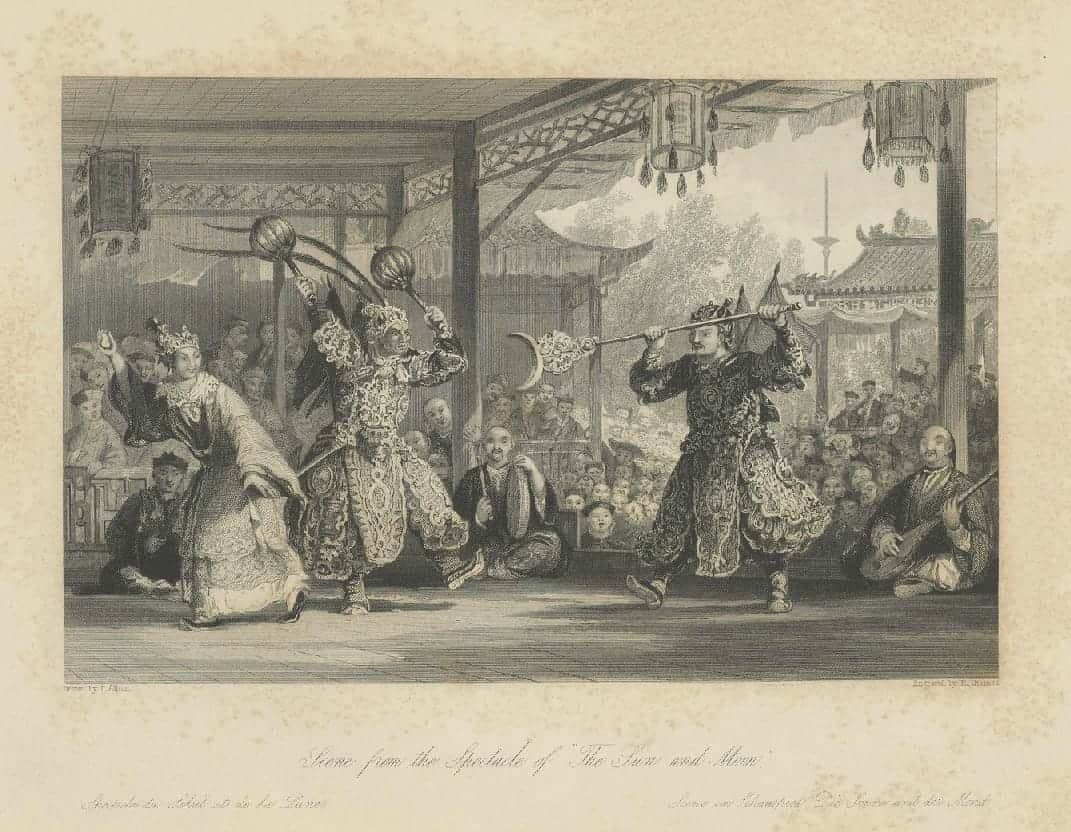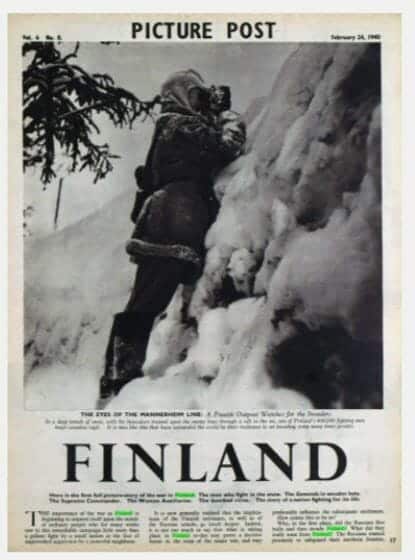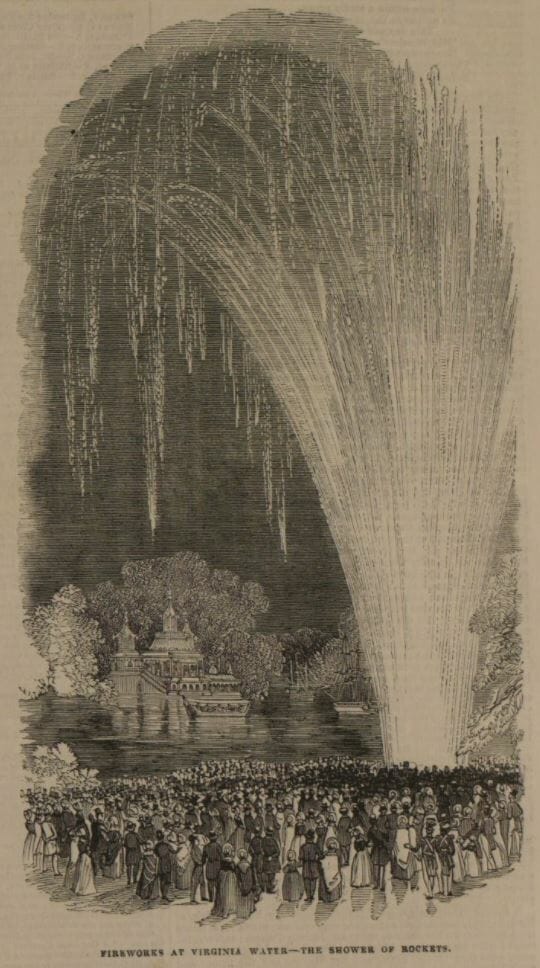1843 saw some significant events in world history: Hong Kong was proclaimed a British Crown colony, the amusement park at the Tivoli Gardens opened in Copenhagen (currently the second oldest in the world!), and The Economist published its first issue. This August is the 175th anniversary of The Economist, so it seemed a good opportunity to look back at that first issue.
Topic Categories
Happy 75th Birthday Mick Jagger!
Mick Jagger, famous rock singer in the iconic band the Rolling Stones, celebrates his 75th birthday today, 26th July 2018. I remember asking my mum excitedly when I was a teenager who she liked best: the Beatles or the Rolling Stones, thinking she would say the Beatles. She replied, “Beethoven of course!” and with a sigh I realised I wouldn’t be finding any memorabilia stashed away in a dusty box to take along to Antiques Roadshow.
The road to American Independence
By Carolyn Beckford, Gale Product Trainer
Every July 4th I send holiday greetings to my friends and family in the USA and they always say, “same to you”. I remind them that July 4th isn’t a holiday in the UK. As an educator, I relish the opportunity to highlight and explain why American Independence is not celebrated with euphoria in the UK as it is in America.
We can see from the map below, found in Nineteenth Century U.S. Newspapers, that the territory under British rule was once immense and spanned the globe, leading to the well-known quote that Britain had “the empire on which the sun never sets.” The British colonisation of the Americas began in 1607 and before long, colonies had been established throughout the Americas.
The Rise and Fall of Space Invaders in the British Press
“In the spring of 1978, Taito approached Midway about distributing a new arcade game in the United States. The game had originally been invented as a hexadecimal test used for evaluating computer programmers. Someone decided to convert the test into a video game that Taito distributed in Japan, despite the unenthusiastic blessing of company executives. The game was called Space Invaders.”
Kent, Steven L. The Ultimate History of Video Games, New York: Three Rivers Press, 2001, p. 116
Not on the Ball: England’s Top Three World Cup Blunders
By Megan Murphy
With excitement for the World Cup 2018 building, I’ve been looking back to some of the most memorable moments from World Cups throughout the years. From England’s infamous victory in 1966, to their disastrous loss against West Germany in Italy 1990, Gale’s newspaper archives provide an invaluable tool for exploring these unforgettable (although sometimes we may wish they were) moments. I’ve featured my favourite three below…
Twenty-Five Years Later: The Murder of Stephen Lawrence
By Rebecca Bowden, Associate Acquisitions Editor
‘The community was already in mourning… they were really frightened when their young ones go out, because they don’t know when the police be knocking the door.’
Interview with an anonymous source by Dr Gavin Bailey, Manchester Metropolitan University and Dr Ben Lee, Lancaster University, 2015, which will be featured in Gale’s new archive Political Extremism and Radicalism in the Twentieth Century archive, releasing in June 2018.
Updates to Gale Resources
At Gale, we truly value your feedback, and are always looking to improve our resources in a way that saves time and increases productivity. In response to suggestions and continuous user testing, we are excited to announce that a number of enhancements have been made, providing increased functionality, easier access to our most-used tools, and more.
100 years since Finland declared independence: a look back at the creation of a nation
By Lina Gerle
As Finland celebrates 100 years of independence this year, festivities will be mixed with contemplation of the country’s dramatic history, which has involved complicated relationships with its neighbouring countries, bloody battles and other momentous events which led up to the declaration of independence on December 6, 1917. I decided to delve into Gale Primary Sources to see what I could find out about this tumultuous history.
Fireworks Without End
In the UK today, we associate fireworks with the fifth of November and (as the well-known nursery rhyme goes…) gunpowder, treason and plot. For many of us, fireworks are inextricably bound up with the smell of bonfire smoke, and standing in a park or sports ground, ankle deep in mud, waiting for the audio system to work. This is often combined with the unfettered glee of riding a fairground ride that appears never to have been safety tested! And of course, we all know and love the various fireworks themselves: the rockets, Roman Candles, Catherine Wheels, Golden Rain and sparklers. Perhaps your personal favourites are those that burst in gold, and then fizz silver? Maybe those that screech and scream? Or those that launch in a splendid spray of red and blue and then ‘phut’ into nothingness? Or the slow burner… refusing to go off until someone has cautiously poked it with a stick, whilst the others watch terrified that it should explode in the face of the poker… Firework night: a time of education and entertainment for all!










